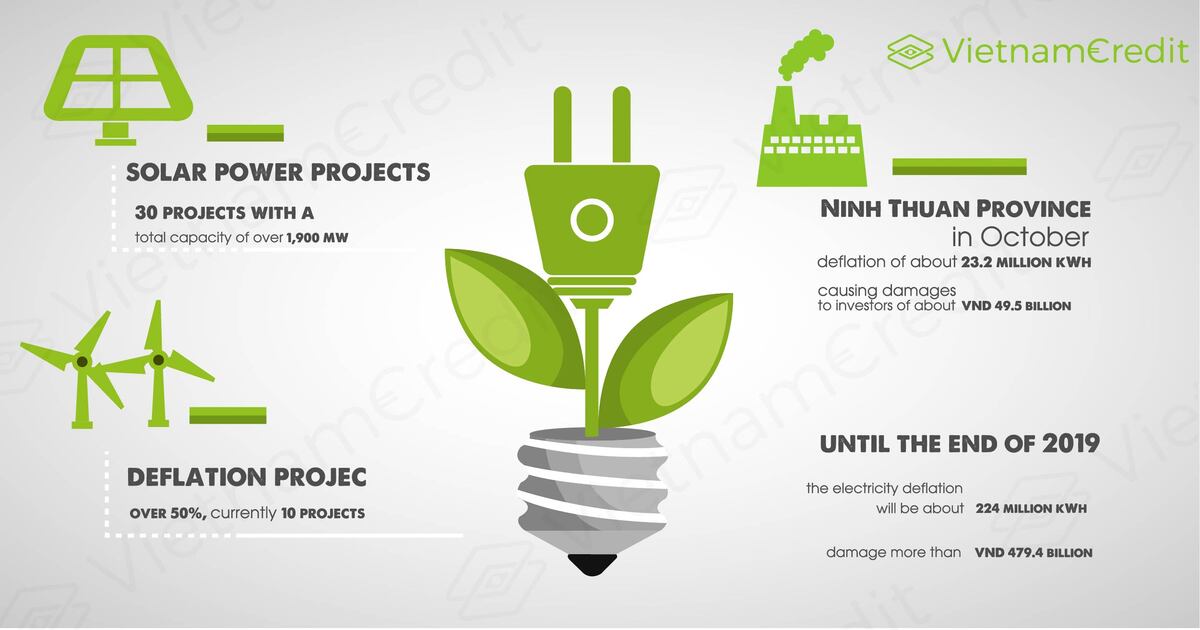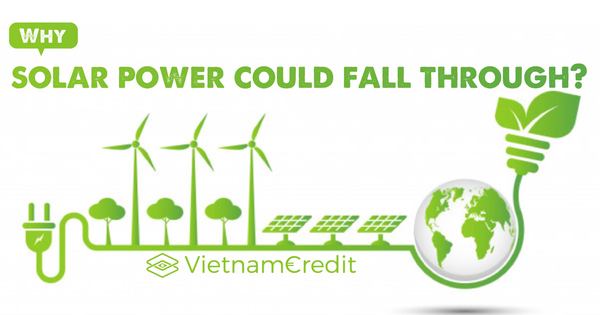Besides, the time to build and operate an electrical project is also very fast, only from 6 months to 1 year ... leading to competition. But, things are twofold. After a period of time, a series of bottlenecks in the implementation of this project plan have appeared clearly.
On the morning of November 27, the Vietnam Energy Association,
VTV24 News Center, in collaboration with the management agencies of the Ministry of Industry and Trade and the Ministry of Planning and Investment, leaders of the provinces organized an international seminar with the theme: Renewable energy in Vietnam - From policy to practice.
In the first discussion, the speakers, businesses, local leaders, ministries and agencies ... pointed out the remaining bottlenecks in the plan after a hot development of solar power.
Mr. Pham Van Hau, Vice Chairman of Ninh Thuan People's Committee, said that the biggest difficulty of localities having solar power projects is land planning.
"Because there is no development orientation, specific legal framework, every locality has problems. Ninh Thuan despite its initiative, but because the overall development does not exist, it cannot be fixed," he said.
According to him, the province has been approved by the Prime Minister to add 30 solar power projects with a total capacity of over 1,900 MW, and can develop up to 2,000 MW to compensate for the stopping of the nuclear power project. However, besides the difficulties in land planning, power projects also have to face with the electricity transmission system failing to meet the amount of electricity produced.
"The number of deflation projects is over 50%, currently 10 projects," said Hau. A report of the People's Committee of Ninh Thuan Province in October said that these 10 projects had deflation of about 23.2 million kWh (as of June 30, 2019), causing damages to investors of about VND 49.5 billion. If it continues until the end of 2019, the electricity deflation will be about 224 million kWh, damage more than VND 479.4 billion.

Mr. Hau emphasized that localities are seeking ways to solve this problem.
Mr. Nguyen Van Ngoc, Chairman of Son Vu Company, said that solar investment enterprises who are concerned about the power purchase agreement with EVN have a commitment to reduce the generation capacity if the grid is overloaded.
According to him, the time for solar power generation is very short, about 2,000 hours / year, if the capacity is reduced, some units will decrease by 30-40%, causing difficulties in business. The difficulty here is specifically borrowing from banks.
With the problem of grid overload, Mr. Tran Viet Ngai, Chairman of Vietnam Energy Association, said that part of the reason is that he has not done solar power planning before, so when the project "flourished", transmission is blocked.
To solve the situation, he said that EVN needs to consider the transmission lines at the substation, where the capacity increase is increased. In addition, it is necessary to install a number of substations and other lines in new areas. However, overall, Vietnam needs to have a specific basis for electricity planning.
Mr. Nguyen Tuan Anh, representative of the Department of Electricity and Energy (Ministry of Industry and Trade), acknowledged that the speed of development of solar power is very fast compared to the speed of constructing the transmission grid, resulting in projects that cannot reach the full capacity during peak hours.
"The ministry understands the challenges. We need to develop solar power to meet the load demand, on the other hand the planning and construction must be in sync with the progress of the grid projects." he said. According to him, the Ministry of Industry and Trade is speeding up projects to accelerate the transmission grid project, so that it can come into operation and release capacity.
With the views pointing out that transmission is the biggest bottleneck causing solar power plants to deflate, causing damage to businesses, Mr. Rahul Kitchlu, World Bank's Energy Director shared a number of international lessons.
According to him, to manage renewable energy, it is necessary to improve the capacity of the national transmission and dispatching center. He also said it is possible to learn from Australia's experience when the country has put lithium batteries in to install to increase the system's resilience to the surge in electrical power.























































